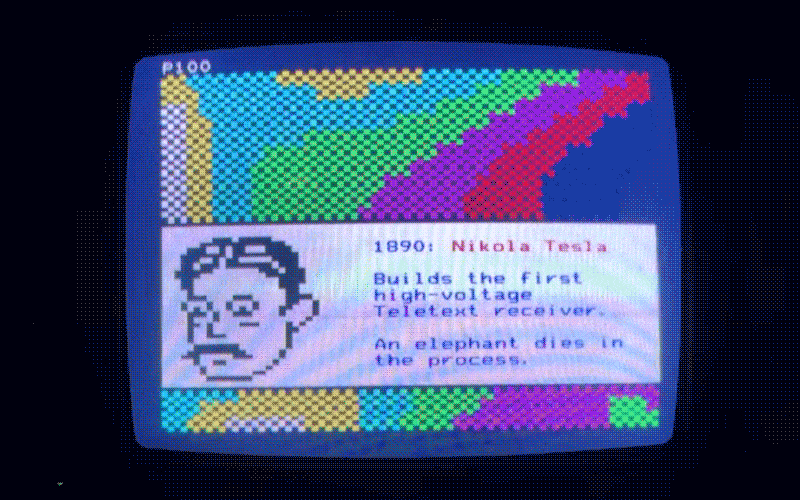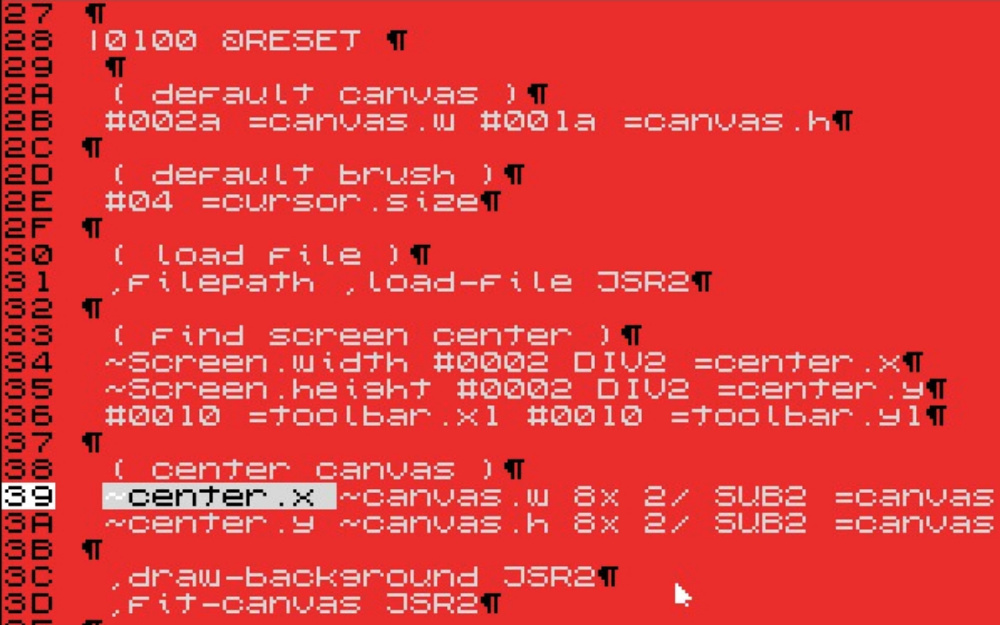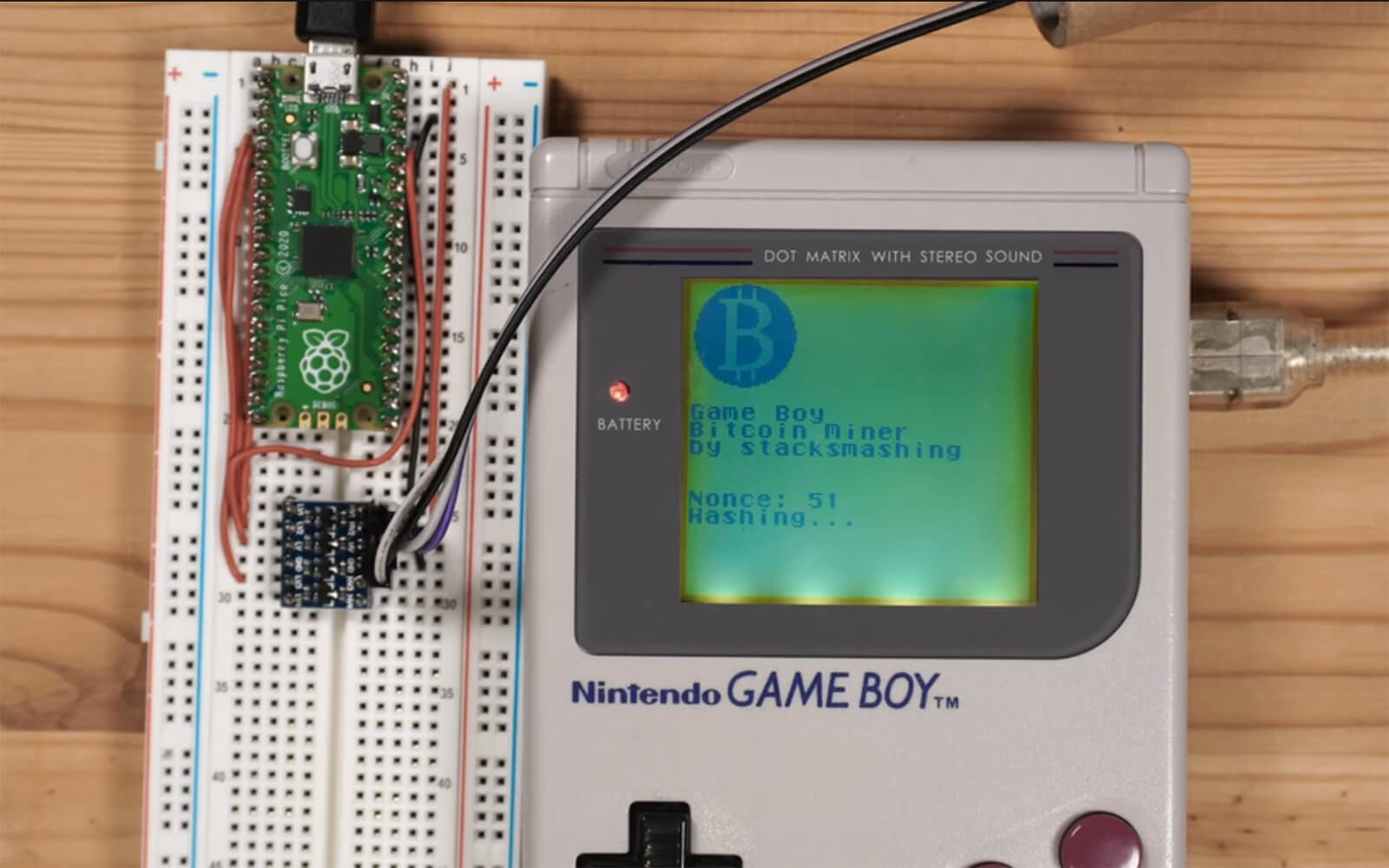1,578 days, 2,409 entries ...
Newsticker, link list, time machine: HOLO.mg/stream logs emerging trajectories in art, science, technology, and culture––every day
Pushing the vintage tv text and graphics standard into overdrive, 420 Years of Teletext is released at the Evoke demoparty in Cologne. Coder Losso managed to software-generate a teletext signal from a Raspberry Pi that, hooked up to an old-fashioned CRT television set, uses hardware exploits for nifty frame-buffering tricks (more on GitHub). The result: a zany teletext origin story featuring smooth animations, pixel graphics, demoscene in-jokes, and a rocking chiptune track.

Hundred Rabbits reveals uxn, an 8-bit virtual computer and new forever home of their eccentric software; a (truly) back to basics approach, it shifts from dependency to “longtermism.” Building on work with 6502 assembly (of NES fame), uxn—new tools built by the duo—is lightweight enough to run on NintendoDS or Raspberry Pi. “Most software is designed to run on disposable electronics and near impossible to maintain, we decided to not participate in this race to the bottom,” they summarize.


Daily discoveries at the nexus of art, science, technology, and culture: Get full access by becoming a HOLO Reader!
- Perspective: research, long-form analysis, and critical commentary
- Encounters: in-depth artist profiles and studio visits of pioneers and key innovators
- Stream: a timeline and news archive with 1,200+ entries and counting
- Edition: HOLO’s annual collector’s edition that captures the calendar year in print
